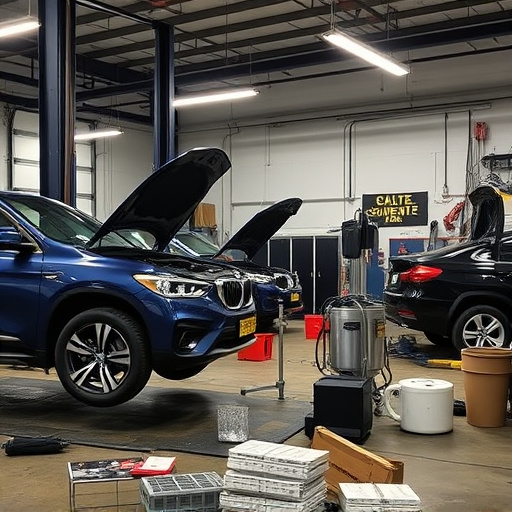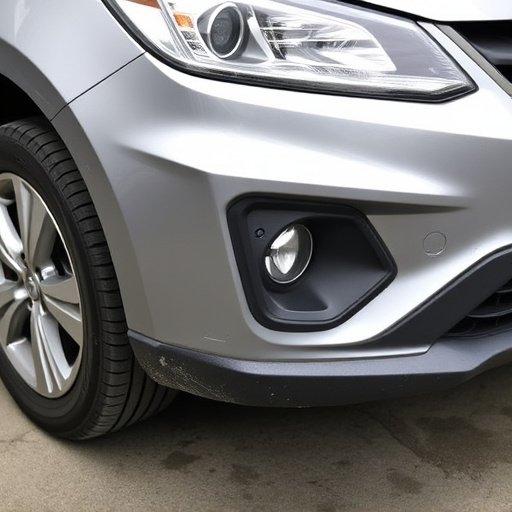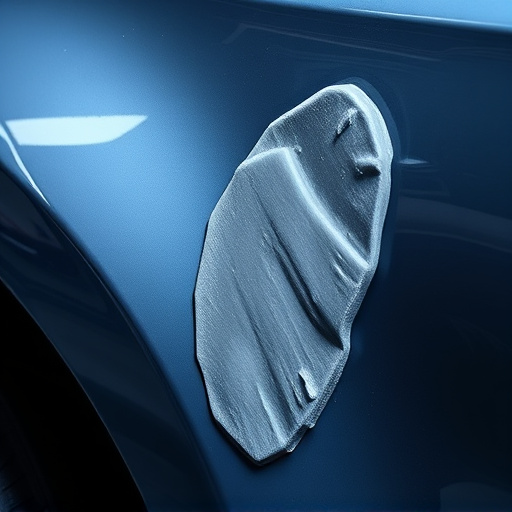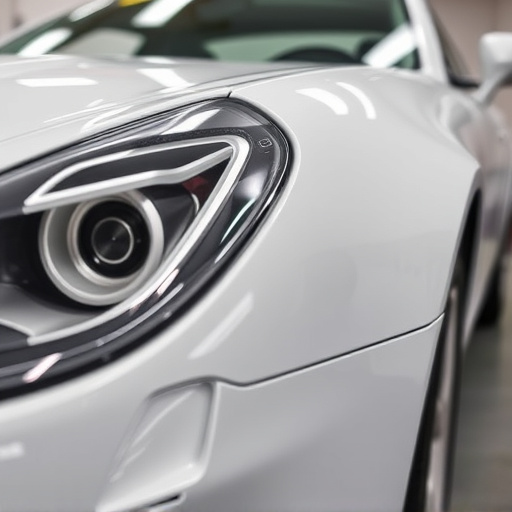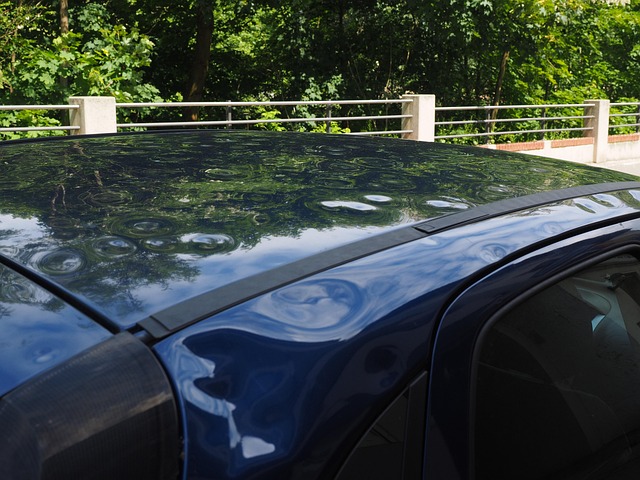Sustainable collision centers integrate green technologies and advanced materials to minimize environmental impact while providing superior vehicle repairs. They prioritize data-driven decisions, eco-friendly practices, and employee engagement for continuous improvement, setting industry standards for responsible collision repair through innovation, efficiency, and quality.
In today’s eco-conscious landscape, understanding what drives innovation at a sustainable collision center is paramount. This article explores three key pillars that underpin these forward-thinking facilities: Green Technologies and Sustainable Practices, Collaborative Culture and Employee Engagement, and Data-Driven Decisions for Continuous Improvement. By embracing these strategies, sustainable collision centers not only reduce their environmental impact but also enhance operational efficiency and customer satisfaction.
- Green Technologies and Sustainable Practices
- Collaborative Culture and Employee Engagement
- Data-Driven Decisions for Continuous Improvement
Green Technologies and Sustainable Practices
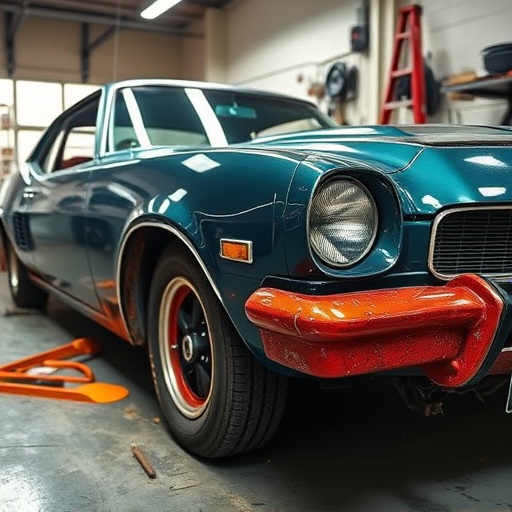
At a sustainable collision center, innovation is driven by an unwavering commitment to both environmental stewardship and superior vehicle repair. Green technologies play a pivotal role in this pursuit. Advanced materials, such as biodegradable composites and water-based paints, are increasingly integrated into collision center operations, reducing waste and minimizing the ecological footprint. Solar panels, energy-efficient lighting, and smart building design further contribute to these centers’ sustainability goals, making them not just eco-friendly but also cost-effective in the long run.
These forward-thinking practices extend to the very core of collision center services, including vehicle bodywork and car body restoration. By adopting sustainable methods, professionals in the body shop are able to restore damaged cars while ensuring that their processes remain kind to the planet. This dual focus on quality repair and environmental responsibility sets modern collision centers apart, reflecting a holistic approach to innovation that benefits both businesses and the broader community.
Collaborative Culture and Employee Engagement
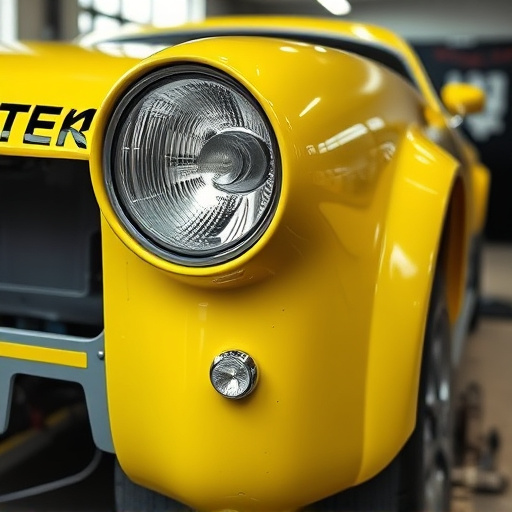
In today’s competitive market, a sustainable collision center thrives on fostering a collaborative culture that encourages employee engagement and mutual respect. This environment is the backbone of innovative practices in vehicle collision repair and body shop services. When technicians, managers, and support staff work together seamlessly, they can pool their diverse skills and expertise to find creative solutions for complex bodywork challenges. This team-oriented approach not only enhances productivity but also ensures that every project receives meticulous attention to detail.
A highly engaged workforce is particularly crucial in the realm of sustainable collision center operations. Employees who feel valued and empowered are more likely to embrace eco-friendly practices and contribute to reducing the environmental impact of vehicle bodywork repairs. By integrating green technologies, recycling initiatives, and energy-efficient processes into their daily routines, these centers can set new standards for responsible vehicle collision repair while maintaining high-quality body shop services.
Data-Driven Decisions for Continuous Improvement

In today’s competitive market, a sustainable collision center stands out not just by its commitment to eco-friendly practices but also through data-driven decisions. By leveraging advanced analytics, these centers can identify trends and inefficiencies that traditional methods might overlook. This involves tracking key performance indicators (KPIs) such as repair times, material usage rates, and customer satisfaction scores. For instance, a collision center focusing on paintless dent repair techniques can use data to optimize the process, minimizing car paint repair time and maximizing throughput without compromising quality.
This data-driven approach facilitates continuous improvement, enabling sustainable collision centers to stay ahead of industry benchmarks. By analyzing historical data, they can predict future demands, streamline workflows, and make informed decisions regarding investments in new technologies or training programs. As a result, not only does this method foster operational excellence but it also contributes to the overall sustainability mission by reducing waste, minimizing energy consumption, and promoting efficient resource utilization within the collision center environment.
In today’s world, a sustainable collision center isn’t just about fixing cars; it’s a hub of innovation driven by green technologies, collaborative cultures, and data-driven decisions. By embracing these practices, collision centers can reduce their environmental impact while enhancing operational efficiency. This holistic approach not only benefits the business but also contributes to a greener future, ensuring that every repair is a step forward towards a more sustainable automotive industry.


